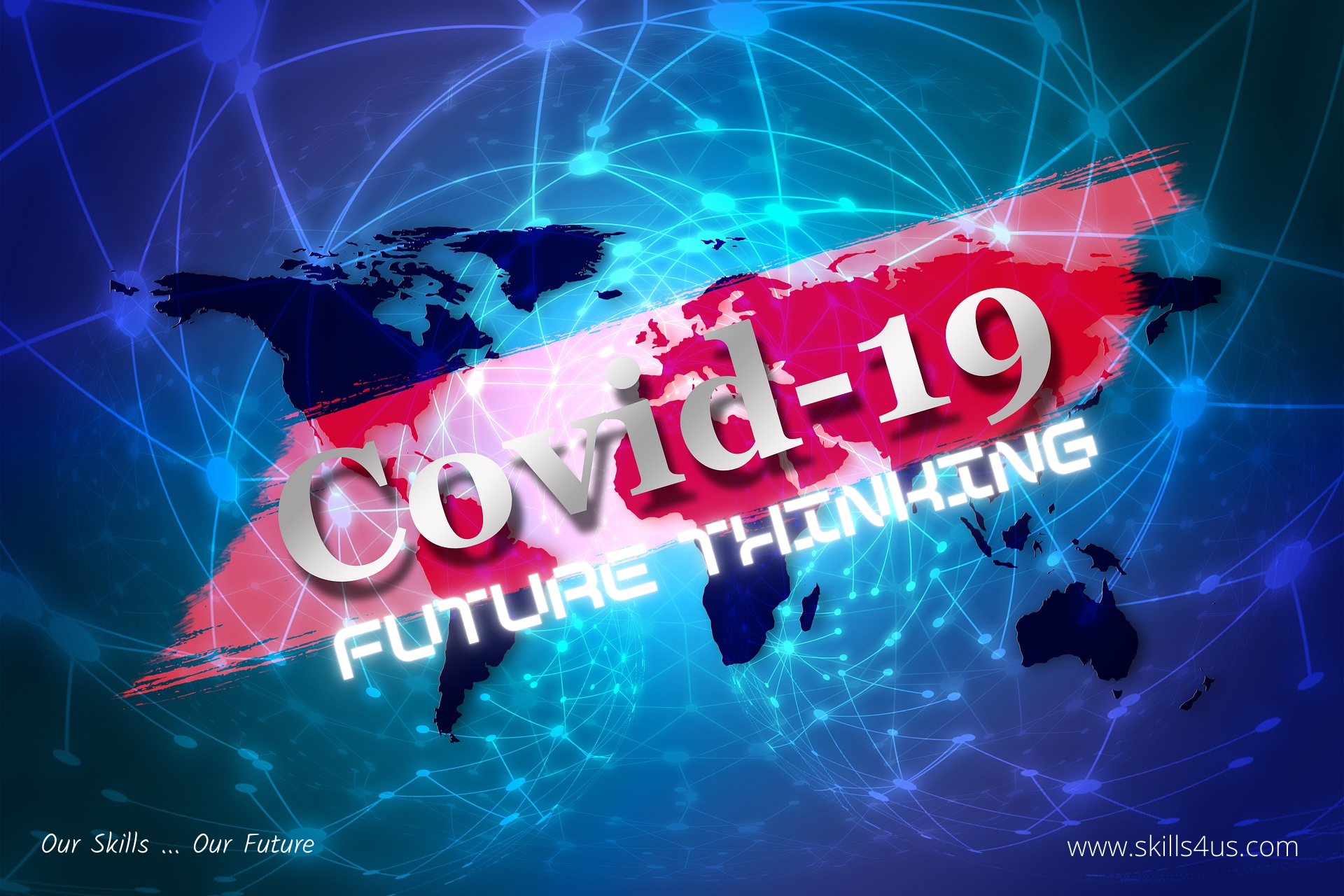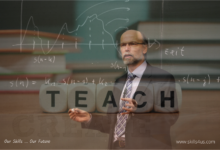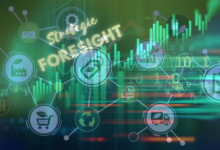
“Covid-19” Challenged … A Future Thinking Framework For Change And Continuity
With employees returning to the workplace and companies regaining a sense of normalcy after the COVID-19 pandemic, most leaders want to move past all the recent issues and look to the future and help their employees do that too. Hence, it is necessary to prepare a Future Thinking Framework to achieve this.
Why the framework for Future thinking
At the start of COVID-19, everything in business shifted around thinking about how to operate and survive, with no clear roadmap for implementing this shift. For example:
- Close businesses indefinitely.
- Entire industries have been suspended.
- The entire business processes and even business models for customer service had to be changed while still accommodating health and safety protocols.
- For many employees, the home has become the new workplace. As a result, they have had to adapt to working alongside potential distractions, accept longer working hours and diminished work-life balance, and learn new techniques they may not have used before.
- The standard work policies relating to sick and personal leaves had to be re-evaluated. And pass some policies, such as those governing remote work, quickly and quickly.
Now, business organizations grapple with issues such as:
- Whether you need a corona vaccine for employees
- How to modify office environments to comply with health and safety protocol as more employees return to work on the site.
- Persistence of changes in business processes and models
- What staff schedules will look like for the foreseeable future, whether that’s 100% remote work, flexible mixed schedules, or a full back-to-office.
- The way all of these decisions affect recruitment and retention.
- How will diversity, equity, and inclusion initiatives be implemented in light of the recent social upheavals.
For many managers throughout the COVID-19 pandemic, it has felt like they were leading employees through a field of quicksand.
Business leaders often stress the importance of continuous learning, innovation, and change adoption to drive progress and continuity. However, when we face significant changes, we should learn and innovate. Note that we tend to stick to what we know, secure, and are familiar with, which sometimes hinders progress and continuity.
Of course, none of us had ever experienced a global pandemic, let alone planned for it. As a result, we learned many hard lessons. And those in management positions were preoccupied with improving their performance during the pandemic to continue as outstanding management leaders striving for change.
What is the framework for future thinking?
The Fututre Thinking framework combines existing change management theory and imparts the social psychology of how people process significant changes. The purpose of the framework is:
• Helping leaders guide their team during periods of crisis and change
• Encouraging future managers to think about what their employees are going through when adopting changes so that they can better address these concerns.
As for the desired result and expected benefit from the future thinking framework:
- Successfully returning to the workplace after the COVID-19 pandemic
- Business Back Guarantee
- Generate a sense of confidence and optimism so that everyone can carry on
Business organizations should also find the framework helpful in overcoming any protracted or episodic crisis, social change, or business challenge they may face in a post-pandemic future.
The process of change: acceptance – facilitation – persistence
Depending on change management theory, there are three initial stages that anyone going through change goes through. During each of the following stages, these actions occur continuously:
- Stop: stop doing something that doesn’t work.
- Start: Modify actions to bring about improvement.
- Continue to manage change: Continue what is working well, perhaps with minor modifications to increase organizational benefit.
The three stages of change:
1. Before the change: Evaluate the processes and standards people have become accustomed to;
2. During Change: What people experience during change, as the highest levels of complexity unfold. Business leaders also raise questions about the changes that have occurred internally and externally and the things that have remained unchanged. And the things that we cling to unnecessarily. Plus, things won’t work anymore. They also raise the big and important question of what it would look like to let go of irrelevant things and will not serve the company well in the future.
3. Post-Change: This is the stage in which people evaluate how good the new course of action is, constantly adopt changes that are working well, adjust their behavior and mindset, and break away from what they missed from the past or hope for in the present.
Nostalgia
That longing and nostalgia for what was in the past, which we all experience from time to time. These feelings play a familiar role in the stage of change, but they can occur in any of the three steps of change management. There are two main types of nostalgia:
1. Reform nostalgia: This mindset is about rebuilding and reviving a more comfortable, familiar, and better past. It feels natural to want to go back to how things were, especially in times of change. In this stage, employees resist or question changes and express anger and frustration.
2. Reflective nostalgia: This mindset may still contain a sad longing for a past seen as better. Based on the present and the future, the employees accepted the loss and then understood some changes. People are ready to move forward with new strategies, processes, and plans.
Activate the framework for future thinking
To activate the future thinking framework, leaders begin with two fundamental questions:
The first question: thinking. what did we learn? (Benefiting from managing change, stopping and going, and craving restorative craving)
Second question: future. How do we adapt based on what we have learned? (Benefiting from managing change, pausing and continuing, and shifting from reformist nostalgia to contemplative nostalgia)
The idea is that by taking the time to reflect on what they have learned and assess the current state of events, leaders can plan actions to continue or what to do differently moving forward.
A future thinking framework that encourages transformational leadership
There cannot be a return to normal before 2020, and more change is inevitable. After all, we are now in the age of flexibility, which requires flexibility and sophistication in our work.
It is not just about thinking, doing analysis, making decisions, and taking action in times of change for management leaders. Instead, they must realize how changes affect the mindset and motivation of employees. Their job is to facilitate their employees’ transition from restorative nostalgia to meditative nostalgia to adapt and respond to change. Because the better employees are at dealing with change, the more likely the business recovery and growth will be successful. So business leaders need to remember that they have to “change ways of thinking before changing workplaces.”
Some of the critical skills that transformational leaders should have, especially when they guide employees through essential changes:
- Empathy (paying attention to what employees are facing and allowing them to grieve over changes)
- Emotional intelligence (the ability to pick up on employee cues, whether it be stress in the face of change or acceptance of change)
- Good communication skills (keeping employees informed and allowing them to share their concerns with you)
- Understand different personalities and how they respond to change (because not everyone handles crises well or consistently)
- Flexibility (the ability to adapt and inspire others to do so too)
Leaders can sometimes forget that they have advance notice of the organization’s response to change and more time to express themselves. However, their employees lag a step behind. So they need to make sure to allow this pause for employees to process changes, grieve over losses, get to the acceptance stage, and avoid other standard change management mistakes.



